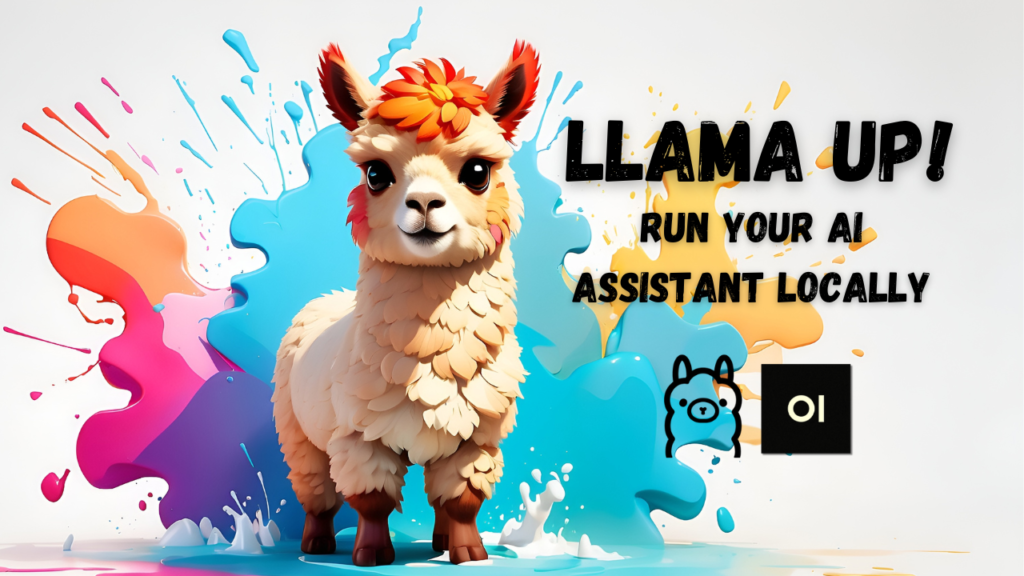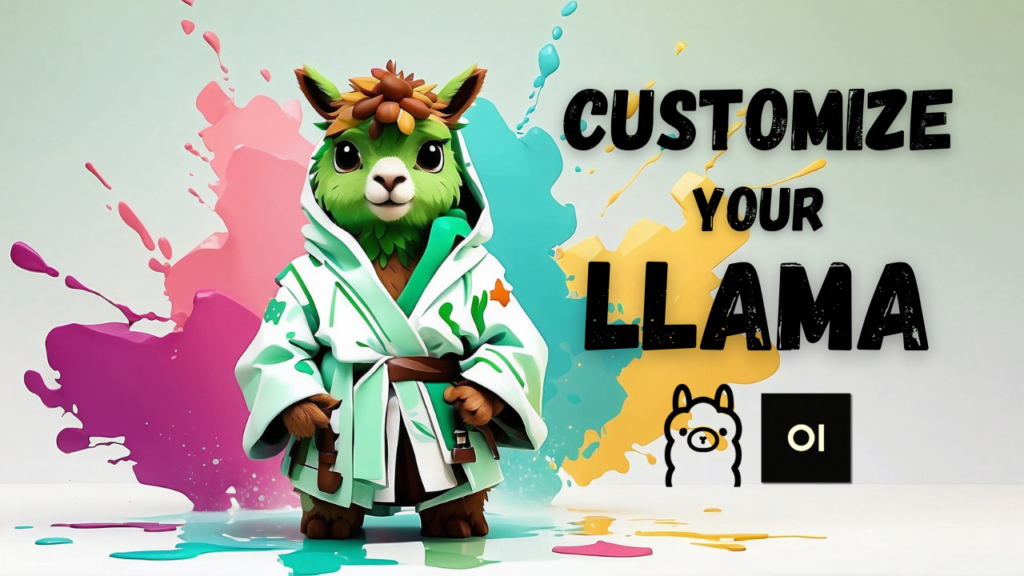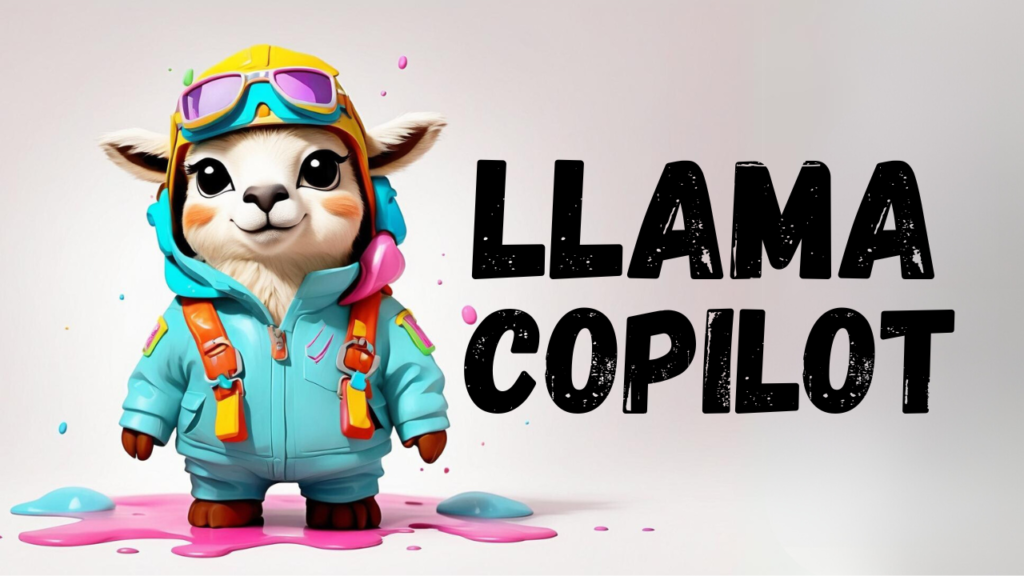In the rapidly evolving landscape of artificial intelligence, a new standard is generating significant buzz among developers, businesses, and AI enthusiasts alike. The Model Context Protocol, or MCP, promises to fundamentally change how AI systems interact with the digital world around them. But what exactly is MCP, and why is it so important? Let's explore this groundbreaking protocol and its implications for the future of AI.
If you're more of a visual learner, I recommend checking out my YouTube tutorial. It covers everything step-by-step:
The Einstein in the Basement Problem
To understand the significance of MCP, we must first recognize the fundamental limitation facing today's AI systems.
Imagine you have your own personal Einstein, an expert who can answer any question and solve any problem. This is essentially what today's AI is: your own personal Einstein, ready to help with virtually any task.
But there's a critical catch: Einstein is locked in the basement. He can't access the internet, your files, databases, or any of your digital tools. All that intelligence is trapped, simply because he's cut off from everything outside that basement.

This metaphor perfectly captures the current state of AI. Despite their impressive capabilities, most AI models are limited to the information they were trained on, with no ability to access real-time data or interact with the digital tools we use daily.
Current Solutions and Their Limitations
The AI community has developed various approaches to bridge this gap. Retrieval-Augmented Generation (RAG), for instance, allows AI to pull information from documents, while platforms like Perplexity enable AI models to search the internet.
However, these solutions come with a significant drawback: every time you want to connect your AI to something new, whether it's a file system, a search engine, or a database, you have to build a custom integration from scratch. RAG requires vector databases, internet search needs specialized APIs, and each new data source demands its own unique setup.
For organizations trying to leverage AI across multiple systems, this quickly becomes unmanageable. The proliferation of custom integrations creates a maintenance nightmare, with different protocols, authentication methods, and error handling for each connection.
Enter Model Context Protocol (MCP)
This is precisely the problem MCP is designed to solve. Instead of building a new door or window every time Einstein needs to reach something outside the basement, MCP provides a single, standardized doorway.
Model Context Protocol, or MCP, is an open standard and open-source framework introduced by Anthropic in late 2024. Its primary purpose is to provide a universal way for AI models to connect with external data sources, tools, and digital environments.
Think of MCP as the USB-C of AI applications. Just as USB-C acts as a universal connector for all sorts of devices and accessories, MCP gives AI a standardized way to connect to different data sources and tools.
Before USB-C, every device needed its own special cable. Similarly, before MCP, developers had to build custom integrations for every new system or tool they wanted their AI to access, a process that was complex and time-consuming.
With MCP, developers can now use a single, open protocol to securely and efficiently connect AI applications to whatever data or tools they need. Because MCP is fully open source, anyone can use it, contribute to it, and build new integrations, making it much easier to expand what AI applications can do from day one.
How MCP Works in Practice
To make this concrete, let's consider a practical example: an AI agent that helps a sales team prepare for client meetings by automatically gathering relevant information from various company systems.
Here's how MCP fits into this scenario:
The MCP server is a small program that connects to the company's tools, like the CRM for client history, the email platform for recent conversations, and the calendar for upcoming meetings. Each tool would have its own MCP server, acting as a translator between that system and the AI.

The MCP client is built into the AI assistant. When a user asks the assistant to "prepare a briefing for my next client meeting," the AI uses the MCP client to send requests to each MCP server, for example, "get recent emails with this client," "fetch open action items from the CRM," and "look up the meeting agenda from the calendar."

Each MCP server collects the requested data from its tool and sends it back through the MCP client to the AI assistant, which then synthesizes everything into a comprehensive briefing.
With this setup, there's no need to write custom code for every tool. As long as there's an MCP server for each system, the AI agent can pull together information from everywhere, all through a single, standardized protocol.
Real-World Applications of MCP
MCP isn't just theoretical, it's already being implemented in real business environments. While adoption is still growing, the protocol is enabling several key use cases:
Enterprise Workflow Automation
Organizations are connecting AI agents to their internal business tools through MCP, automating repetitive workflows and allowing employees to focus on higher-value strategic work. An AI assistant can now pull data from multiple internal systems, generate reports, and even trigger actions across different platforms, all through standardized MCP connections.
Enhanced Software Development
In the software development space, MCP is helping AI coding assistants become more powerful by giving them access to project codebases, documentation, and databases. This allows developers to ask questions about their specific code and receive contextually relevant suggestions rather than generic advice.
Creative Professional Tools
Creative professionals are benefiting from open-source MCP integrations for popular design and modeling tools. These connections allow AI to assist with tasks like 3D modeling, UI design, and digital art creation by understanding the context of the creative work and providing relevant suggestions or even executing commands directly in the software.
The Future of AI with MCP
As MCP adoption grows, we'll see AI assistants become more capable and useful in daily work. Instead of being limited to what they learned during training, they'll be able to tap into the vast ecosystem of digital tools and data we use every day.
This opens up possibilities for AI to help with complex workflows that span multiple applications, access specialized tools, and work with personal or organizational data, all while maintaining appropriate privacy and security controls.
And because MCP is an open standard, the community can continuously improve and expand its capabilities, creating a rich ecosystem of connectors that make AI more powerful and versatile.
Conclusion
Model Context Protocol represents a significant step forward in AI integration, addressing one of the most persistent challenges in making AI truly useful in real-world contexts. By providing a standardized way for AI to access external data and tools, MCP is breaking down the barriers that have limited AI's practical utility.
For developers, MCP means less time spent on custom integrations and more time building valuable features. For businesses, it means AI systems that can seamlessly work with existing tools and data. And for users, it means AI assistants that are more capable, contextual, and helpful than ever before.
As we move forward, MCP has the potential to transform how we think about and interact with AI, not as isolated systems with limited knowledge, but as integrated assistants that can effectively navigate and leverage the digital world alongside us.






